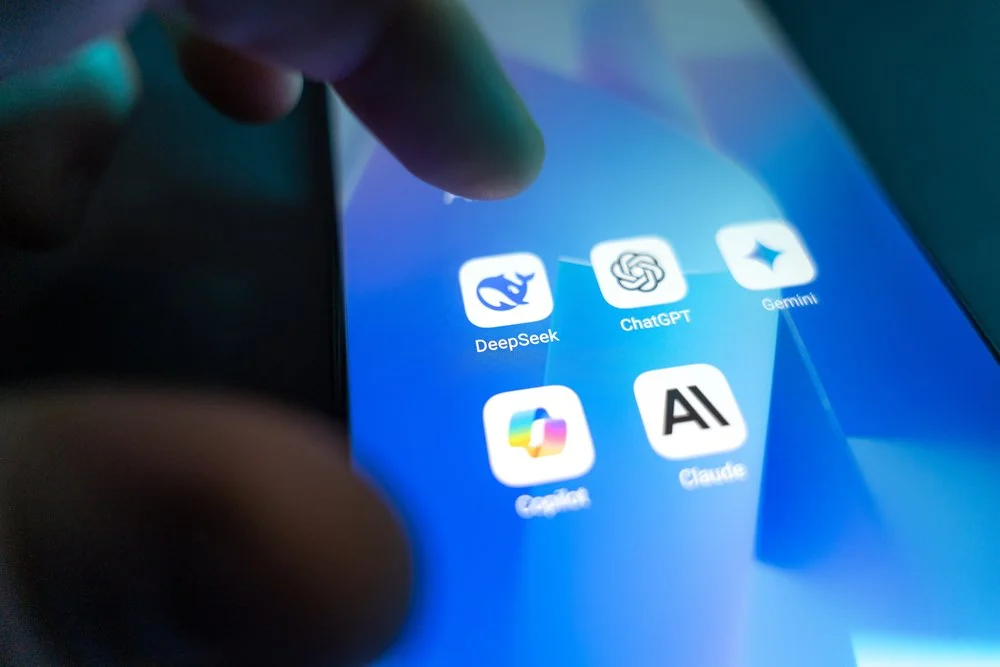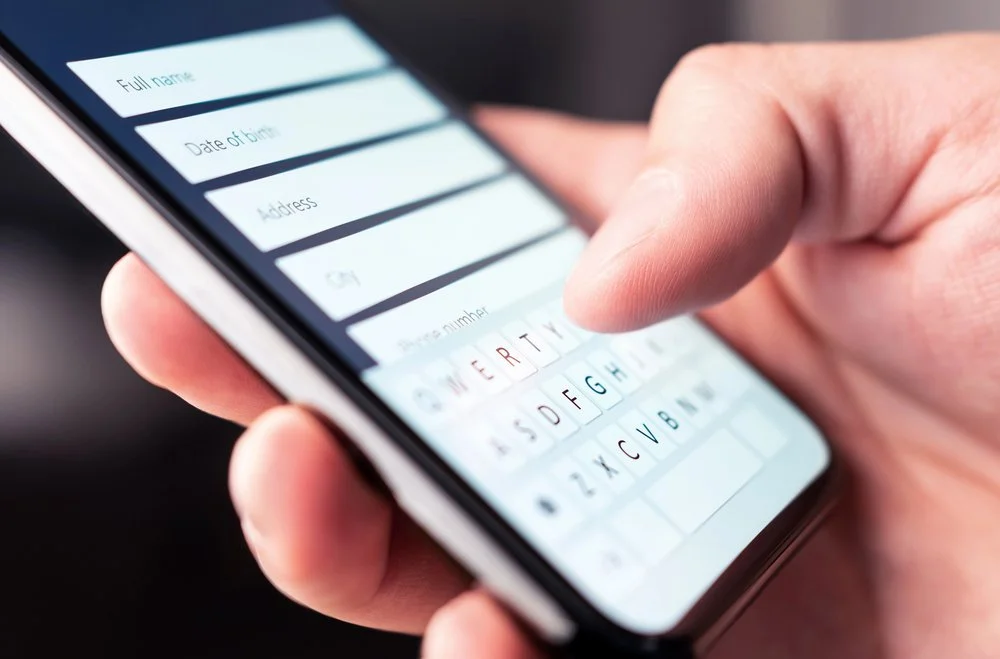What to include in your donor email welcome series for your nonprofit organization (and how many emails to send)
While I will always prefer a handwritten thank-you card from a nonprofit after I've made a donation, I understand it's simply not possible for every organization to have a personal touch for donors at all levels. And, even if handwritten thank you notes are a staple at your organization, the follow up to the gift is equally important for a new donor (or any donor for that matter).
Using email as a medium to communicate with donors and prospective supporters was once a “nice to do” item on the list. For today’s nonprofits, it’s non-negotiable.
Enter the "Donor Email Welcome Series" – a strategy that can set the stage for a lasting bond with your first time donor, repeat donor, or potential donor.
Understanding the Purpose of a Welcome Email Series
Before delving into the nitty-gritty, it's essential to grasp the importance of this welcome email sequence. At its core, a welcome series serves three main purposes:
Reinforcing the donor's decision: Your email series validates their choice to support your cause, making them feel valued right from the outset.
Guiding them on a journey: Through these emails, donors get acquainted with your organization's mission, stories, and impact, and ideally become recurring donors, monthly donors, or even major gift prospects.
Encouraging steady engagement: The series keeps the conversation going, paving the way for future support and involvement.
Key Components of an Effective Welcome Email Series
To craft a compelling email series, there are four crucial elements you should consider:
Personalization: Begin with a warm, personalized greeting. Recognizing your donor's specific contribution goes a long way. If you've gathered data on donor preferences, such as which projects they’re most interested in, tailor your email content accordingly.
Storytelling: Nothing connects more than a heartfelt story. Share tales of lives transformed, communities rebuilt, or environments preserved through their contributions. Accompany these stories with visuals – be it photos or short video snippets. Your new supporter isn't likely to know your history so make the welcome email informative and inspiring.
Clear and Engaging Content: Keep your email content concise and reader-friendly. While maintaining professionalism, opt for a friendly, conversational tone that mirrors your organization’s ethos. Your email subscribers are busy and landing in their inbox is a privilege. Your donor welcome series must make a great first impression and keep them hooked to hear from you again.
Calls to Action (CTAs): Every email should gently nudge your donor towards further engagement, be it attending an event, signing up for an email newsletter, or volunteering. Ultimately, you want that second gift, but this is not the time to ask. It's the time to engage.
Suggested Sequence for a 3-Email Welcome Series
1. Email 1: A Warm Thank You and Introduction: Thank your new donor sincerely for their contribution. This initial email should radiate gratitude, coupled with a brief introduction or refresher on your organization's mission. This sets the context for your budding relationship. Remember, they haven't asked to be on your mailing list yet (we're assuming here they did provide an email list for an acknowledgement however), so this first email message needs to focus on the gift acknowledgement. We're not fundraising here - we're stewarding the donor.
2. Email 2: Impact and Storytelling: Time to delve deeper. Share a tangible account or success story of how their donation has been instrumental. It could be a student's journey to graduation, a first-time home owner, or a community health initiative. Personal testimonials and quotes will add authenticity to your narrative.
3. Email 3: Dive Deeper - Engagement and Next Steps: Now, with context set and stories shared, present opportunities for further involvement. Highlight any upcoming events or initiatives that your supporters may want to learn more about. If there's a volunteering opportunity or another campaign they might be interested in, this is your chance to share. The goal of this entire email campaign is donor retention and repeat gifts - subscriber to supporter - so share your nonprofit organization's best achievements in a way that the reader can see how the work impacts their daily life.
Best Practices for Email Delivery
Once you've crafted your email content, you need to ensure it reaches your donor and leaves an impact.
Timing and Frequency: Space out your emails – consider sending the initial thank-you immediately after the donation, followed by the second email a week later, and the third one another week after. The goal is to be present without being overwhelming. I recommend using a platform like MailerLite where you can send an automated email and have your campaign running without the need for manual work.
Mobile Optimization: With many donors accessing emails on the go, ensuring your content looks good on mobile devices is non-negotiable. Ensure images scale well and that text is readable without endless zooming. If your email mentions an upcoming event, ensure those event details are also optimized for mobile with a landing page and payment options that are easy to navigate on a small screen.
Testing and Analytics: Like you would for any digital marketing strategy, use A/B testing for various elements like subject lines or CTA placements. Track metrics like open rates and click-through rates. These insights will guide your future email strategies.
Incorporating Feedback and Iteration
Finally, be open to feedback. If a donor writes back with suggestions or questions, take it as an opportunity to refine. Regularly updating your welcome series to make it more aligned with donor interests is key.
Final thoughts on your donor welcome email series
An effective donor email welcome series not only celebrates a new donor's decision to support but also sows the seeds for a meaningful, lasting relationship. While it might seem daunting initially, remember: every email is a step towards a deeper connection. So, begin with the basics, stay authentic, and let your organization’s passion shine through!
For those looking for additional support, various email marketing platforms cater specifically to nonprofits, offering templates and analytics tools to further enhance your nonprofit marketing communication strategy. My favorite platform is MailerLite, but there are plenty of options out there for every budget size.
Have questions about your donor welcome email series? Drop them in the comment box below!
You might find these related posts helpful…






